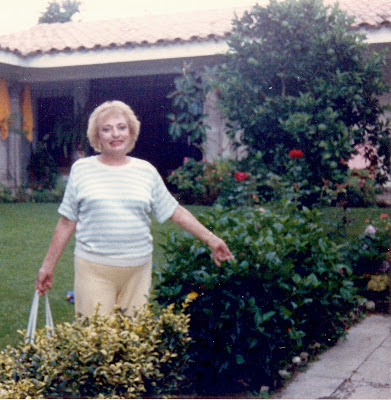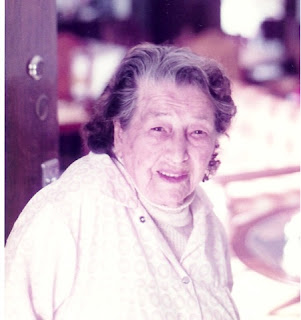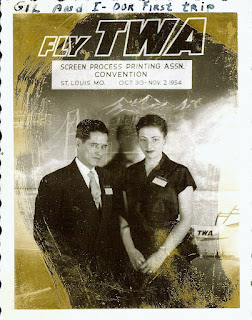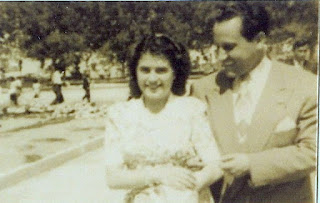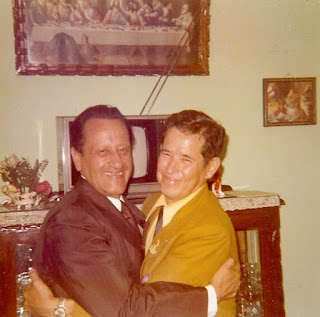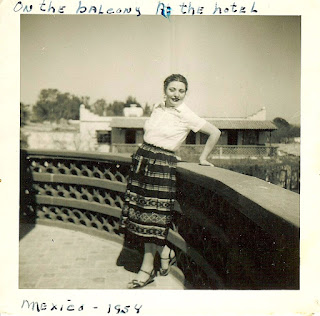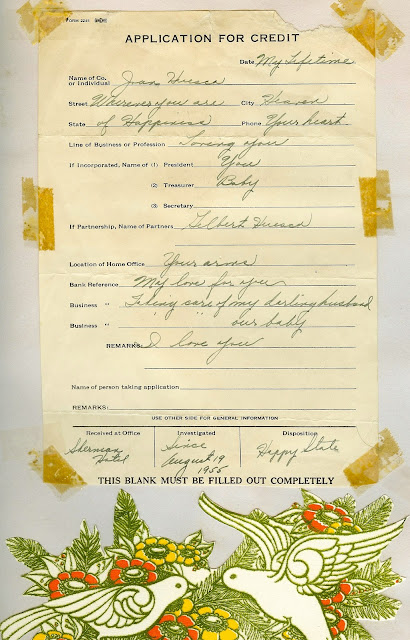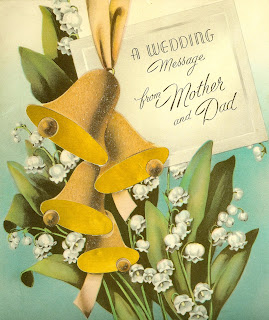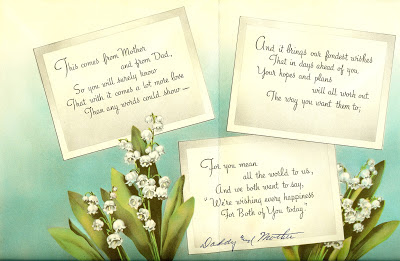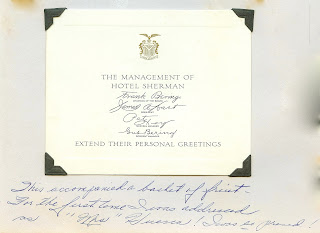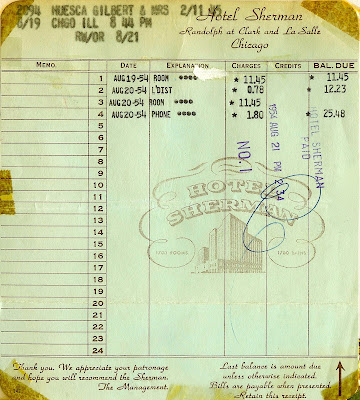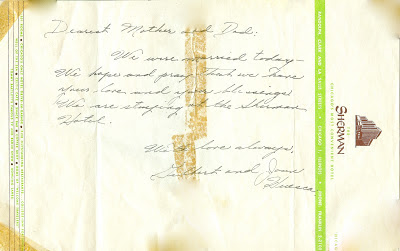.jpg) |
| We moved into this home on Chicago’s South Side in 1959. This photo shows it as it looked a few years ago. |
My Nana and Baba, Alice (McGinnis) and Ralph Schiavon, lived in the upper flat and we lived in the lower one. Our dwellings were connected by two sets of stairways, one in the foyer of the house and the other at rear side door. There was a small crescent-shaped telephone table in the enclosed entrance. A black rotary phone sat on top, while a thick volume of the Chicago Telephone Directory rested in a cubbyhole made just for it. To my young eyes, it was just the right place for a small girl to sit on the bench with a book and read in peace, with no little sisters to bother her.
My first memory of our house is of a bright yellow and green swing set and slide and a matching sandbox in the backyard. When we moved in, I thought the set was my birthday present, but I think it was just coincidence. Nana and Baba had bought it to make my sisters and me feel welcome.
Not long after we arrived, they also bought us a child-size Swiss-made surrey with a fringe on top. It was a miniature version of the surrey in the 1955 movie, Oklahoma! and had two black leather bench seats and a red and white striped canopy. We took turns pedaling and steering it, most of the time “driving” down the sidewalk on Luella Avenue. Sometimes our parents took all of us on longer excursions to the lake, pushing the surrey when our legs got tired.
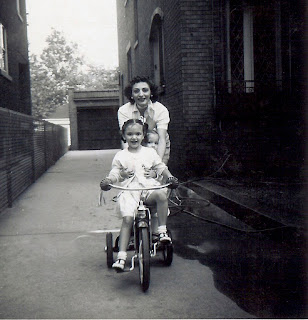 |
| My mother, Joan (Schiavon) Huesca, pushing my little sister and me down the driveway on my tricycle, Chicago, 1959. |
We quickly made friends with the other children on the block. Arne and Renelva Schairer and their (then) five children lived on one side of our house, and Joe and Mary Lee Hanlon and their son Jimmy lived on the other side. We spent our days outside, moving from one house to another like a little swarm of bees, riding our tricycles up and down the long driveways, playing dolls, catching bugs, and building castles in the sandbox with our playmates.
Our family loved parades. Whenever we got home from the city parades on Decoration Day (now known as Memorial Day), Flag Day, and Independence Day, my sisters and I could not wait to decorate our tricycles and the surrey. Armed with child-size American flags and Uncle Sam hats and blowing party horns and banging makeshift drums, we joined our neighbors and marched up and down the sidewalk, singing “Yankee Doodle Dandy,” “My Country ‘Tis of Thee,” and “God Bless America,” as our parents sat nearby to watch.
Our block was lined with stately homes. Near the corner was a large house with a stone facade that to us looked like a castle. Someone told us it had a ballroom upstairs, so we figured it belonged to royalty of some kind. I used to walk past the house on my way to school every day, and I never passed the house without gazing in awe at the second floor and picturing the majestic waltzes that must be taking place there.
Copyright © 2013 Linda Huesca Tully
